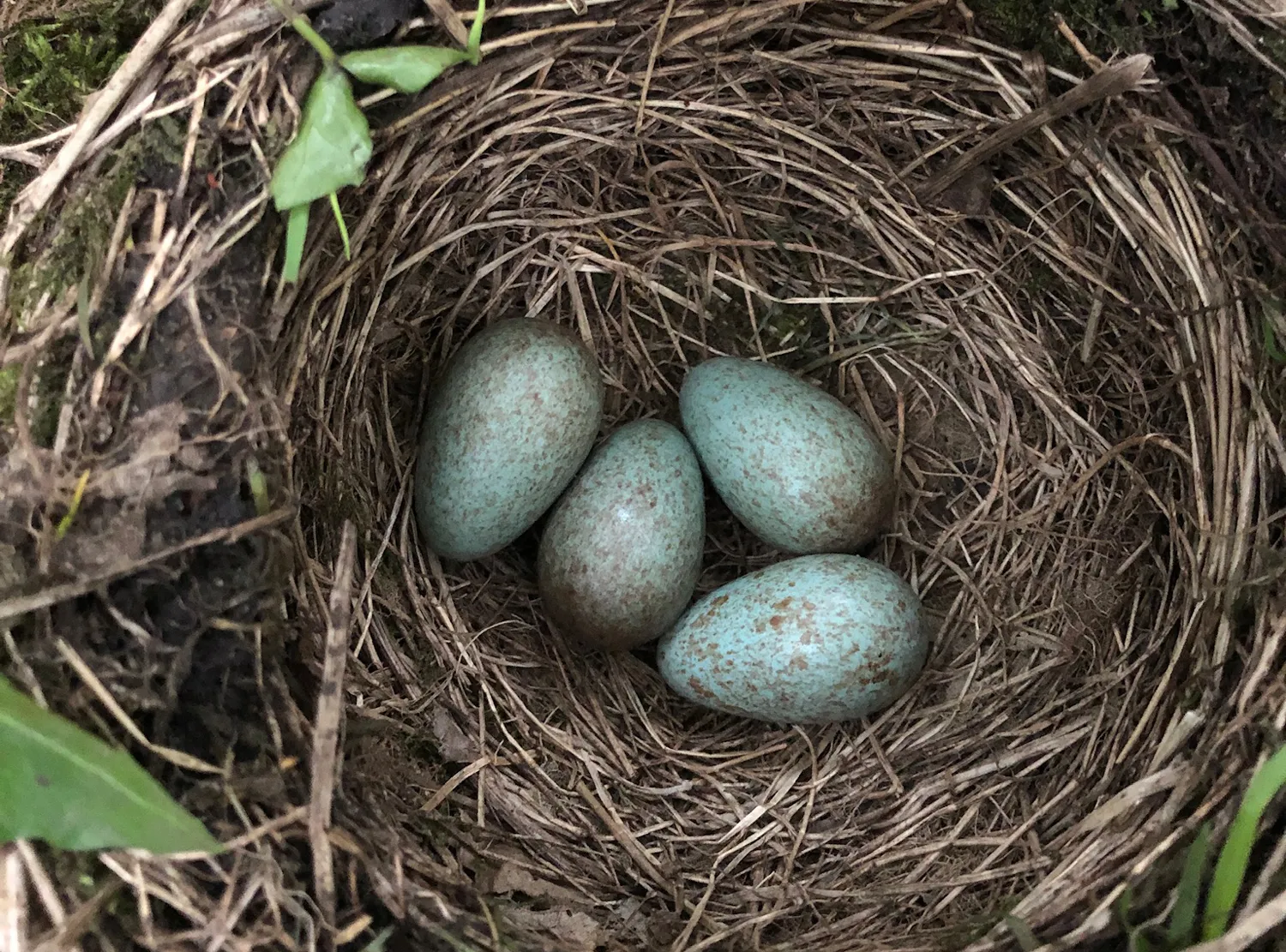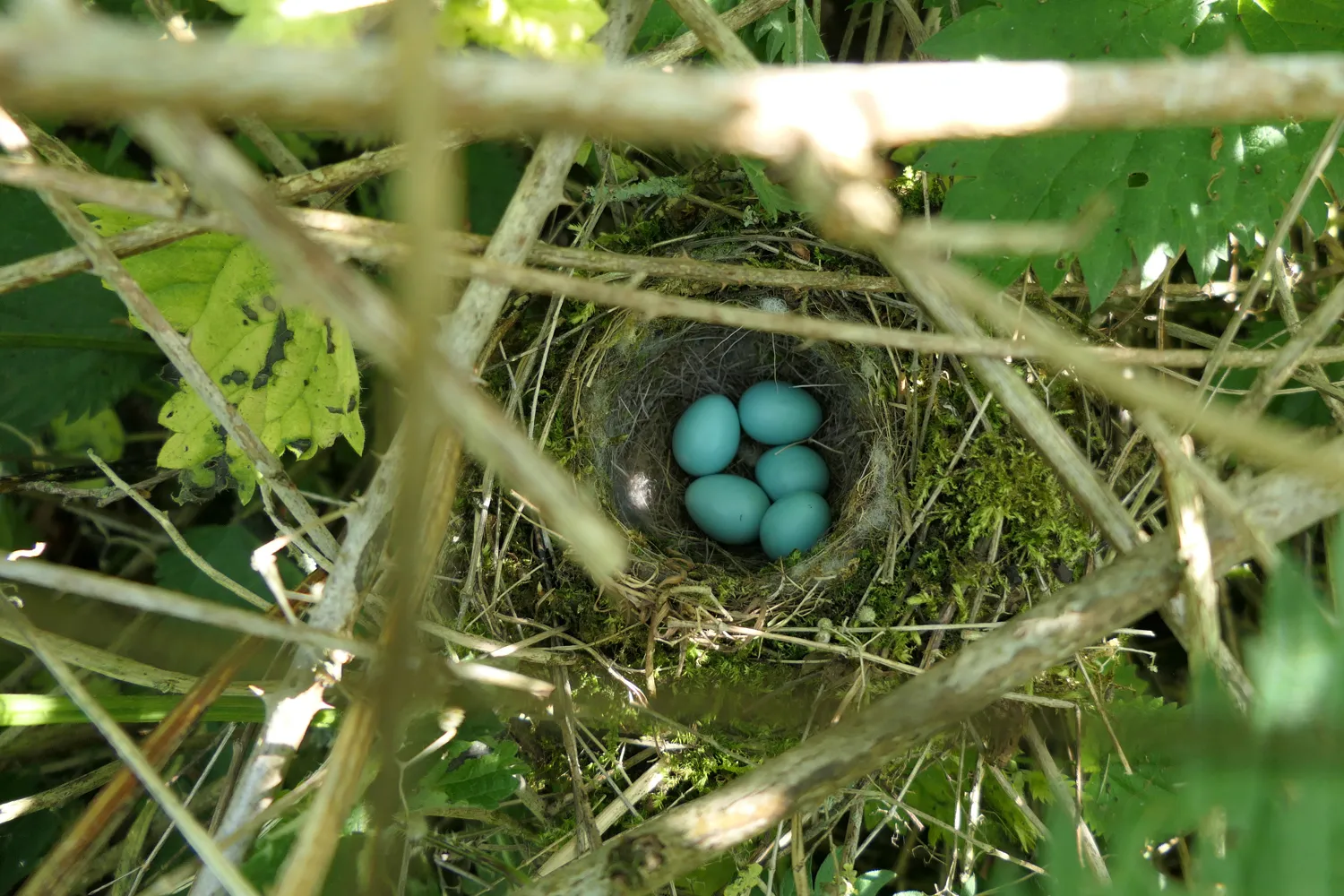In 2010, we ran a survey asking people to check their gardens for nesting activity by birds, and each week to record any active nests in their garden, which were either being built or contained eggs or chicks. The survey was a repeat of an earlier one, carried out in 2000, the results from which suggested that researchers have previously underestimated the numbers of birds breeding within the garden habitat.
Methods
Participants were asked to check their gardens each week throughout the breeding season and to record the presence of any active nest; these were defined as nests container eggs or young.
Results
Nearly 1,300 people took part on the study. The 10 species that were most frequently recorded nesting in gardens in the survey were:
- Blackbird (51.8%)
- Blue Tit (46.3%)
- Great Tit (26.9%)
- Robin (26.3%)
- House Sparrow (22.5%)
- Woodpigeon (20.3%)
- Dunnock (17.3%)
- Wren (11.8%)
- Collared Dove (10.5%)
- Starling (9.65%)
Over half the gardens which took part in the study reported an active Blackbird nest in at least one week. Blackbirds were probably seen most frequently partly because gardens provide the kind of habitat that they need to nest, and they also have a long breeding season, making multiple breeding attempts across the spring and summer. Their nests are often in fairly conspicuous locations in hedges or creepers, meaning the birds can be quite noticeable when building nests or feeding chicks.
The second most frequently seen species was Blue Tit, with nearly half of gardens recording this species. Gardens also often provide good nesting habitat for Blue Tits, particularly where nest boxes are available. Nest boxes also allow the nesting behaviour of the birds that use them to be observed relatively easily.
Many of the top 10 species recorded in the survey were also frequently observed in Garden BirdWatch over the same period. Blackbirds and Blue Tits were the most frequently reported species in both surveys. However, a few species (Dunnock, Chaffinch and Greenfinch) were in the top 10 in Garden BirdWatch gardens but were not present in the top 10 nesting species. These birds may either only rarely use gardens to nest (e.g. the finches), or have nests that are relatively inconspicuous (e.g. Dunnock).
In contrast, Wren, Great Tit and House Sparrow nests were found more frequently in the Garden Nesting Survey than other species which were more often observed in GBW. Great Tits often use nest boxes, and House Sparrows regularly nest on peoples’ houses, meaning nesting activity may be more easily observed.
Outputs and outcomes
The results of the 2010 survey were shared with participants through Bird Table magazine, while those from the 2000 survey were published in a scientific journal.
Birds breeding in gardens

